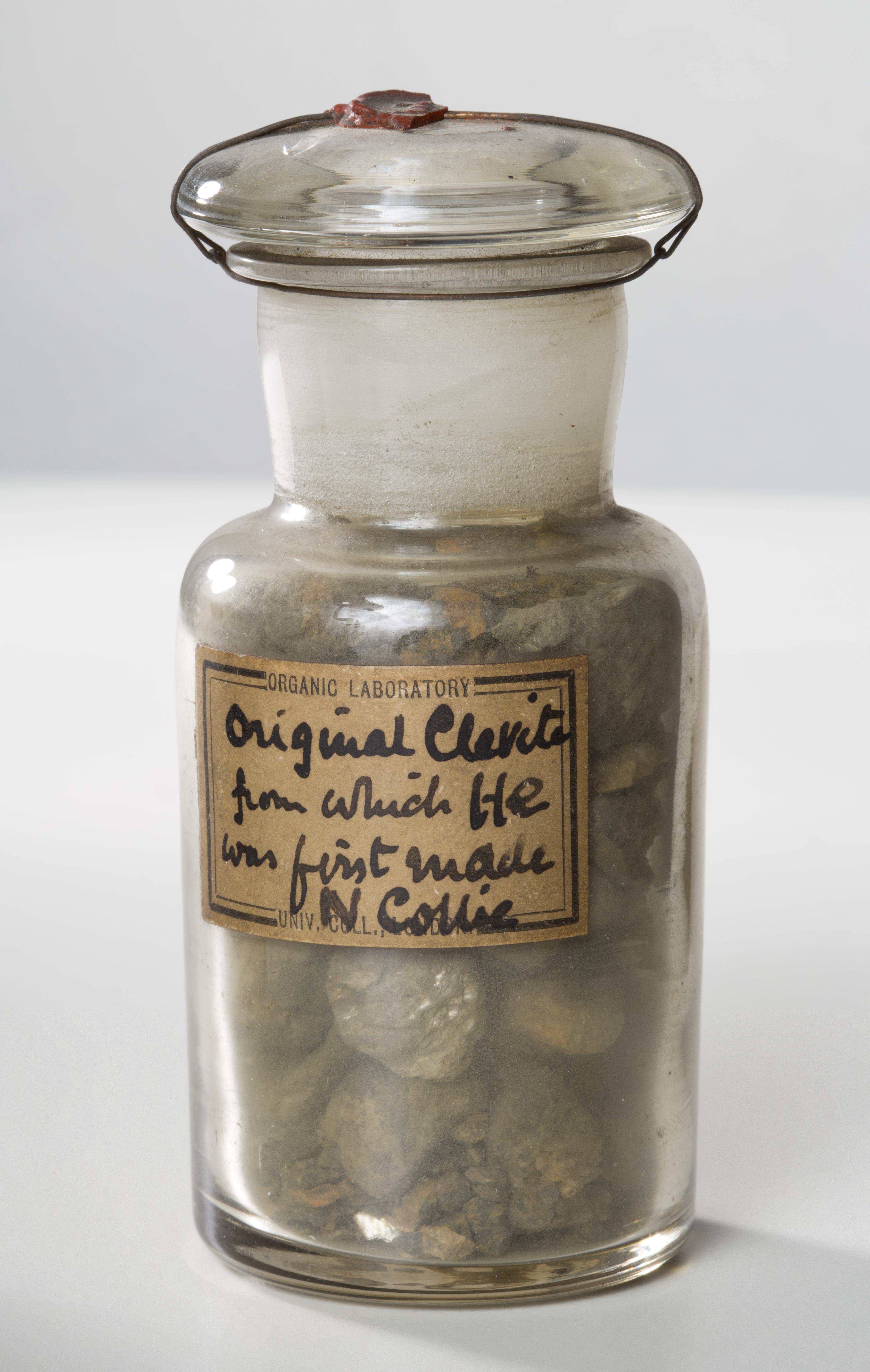cleveite on:
[Wikipedia]
[Google]
[Amazon]
 Cleveite is an impure
Cleveite is an impure
 Cleveite is an impure
Cleveite is an impure radioactive
Radioactive decay (also known as nuclear decay, radioactivity, radioactive disintegration, or nuclear disintegration) is the process by which an unstable atomic nucleus loses energy by radiation. A material containing unstable nuclei is consi ...
variety of uraninite
Uraninite, formerly pitchblende, is a radioactive, uranium-rich mineral and ore with a chemical composition that is largely UO2 but because of oxidation typically contains variable proportions of U3O8. Radioactive decay of the uranium causes ...
containing uranium
Uranium is a chemical element with the symbol U and atomic number 92. It is a silvery-grey metal in the actinide series of the periodic table. A uranium atom has 92 protons and 92 electrons, of which 6 are valence electrons. Uranium is weak ...
, found in Norway
Norway, officially the Kingdom of Norway, is a Nordic country in Northern Europe, the mainland territory of which comprises the western and northernmost portion of the Scandinavian Peninsula. The remote Arctic island of Jan Mayen and the ...
. It has the composition UO2 with about 10% of the uranium substituted by rare-earth element
The rare-earth elements (REE), also called the rare-earth metals or (in context) rare-earth oxides or sometimes the lanthanides ( yttrium and scandium are usually included as rare earths), are a set of 17 nearly-indistinguishable lustrous silv ...
s. It was named after Swedish chemist Per Teodor Cleve.
Cleveite was the first known terrestrial source of helium
Helium (from el, ἥλιος, helios, lit=sun) is a chemical element with the symbol He and atomic number 2. It is a colorless, odorless, tasteless, non-toxic, inert, monatomic gas and the first in the noble gas group in the periodic table. ...
, which is created over time by alpha decay
Alpha decay or α-decay is a type of radioactive decay in which an atomic nucleus emits an alpha particle (helium nucleus) and thereby transforms or 'decays' into a different atomic nucleus, with a mass number that is reduced by four and an at ...
of the uranium and accumulates trapped (occluded) within the mineral. The first sample of helium was obtained by William Ramsay
Sir William Ramsay (; 2 October 1852 – 23 July 1916) was a Scottish chemist who discovered the noble gases and received the Nobel Prize in Chemistry in 1904 "in recognition of his services in the discovery of the inert gaseous element ...
in 1895 when he treated a sample of the mineral with acid.https://archive.org/details/becquerelraysthe00raylrich Rayleigh, Robert and John Strutt, 1904, The Becquerel rays and the properties of radium, London, E. Arnold. Cleve and Abraham Langlet succeeded in isolating helium from cleveite at about the same time.
Yttrogummite is a variant of cleveite also found in Norway
Norway, officially the Kingdom of Norway, is a Nordic country in Northern Europe, the mainland territory of which comprises the western and northernmost portion of the Scandinavian Peninsula. The remote Arctic island of Jan Mayen and the ...
.
See also
*List of minerals
This is a list of minerals for which there are articles on Wikipedia.
Minerals are distinguished by various chemical and physical properties. Differences in chemical composition and crystal structure distinguish the various ''species''. Within a m ...
* List of minerals named after people
This is a list of minerals named after people. The chemical composition follows name.
A
* Abelsonite: C31H32N4Ni – American physicist Philip Hauge Abelson (1913–2004)alfred
*Abswurmbachite: Cu2+Mn3+6O8SiO4 – German mineralogist I ...
References